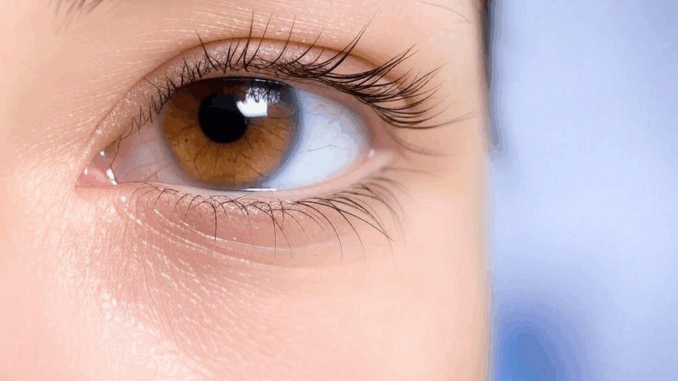
What if losing your eyesight wasn’t game over—just a glitch we could fix? For over 300 million people worldwide, that’s the looming threat they face thanks to retinal diseases chewing away at their vision. Until recently, the best science could do was pump the brakes on these conditions—slowing them down but never hitting reverse. That’s all changing now, and it’s happening in a lab at KAIST, where some brilliant minds have cooked up a game-changer: a drug that doesn’t just stop vision loss but brings it back.
On March 30, KAIST—led by President Kwang Hyung Lee—dropped the news that Professor Jin Woo Kim and his crew from the Biological Sciences squad had cracked the code. They’ve whipped up a treatment that coaxes damaged retinas into regenerating their nerve cells, essentially giving mice with busted vision a second shot at seeing the world. And we’re not talking a quick fix—this stuff kept working for over six months. That’s half a mouse lifetime of clear sights!
Here’s the scoop: our retinas, the light-sensitive screens at the back of our eyes, are notoriously bad at fixing themselves once they’re wrecked. In humans and other mammals, a damaged retina is like a cracked phone screen—done for good. But over in the fish tank, it’s a different story. Fish can patch up their retinas like it’s no big deal, thanks to these special cells called Müller glia that kick into repair mode, churning out fresh neurons to replace the broken ones. Mammals? Not so much. Our Müller glia just sit there, twiddling their thumbs, leaving us blind when things go south.
So, what’s holding us back? Enter PROX1, a protein that’s basically the buzzkill of retinal regeneration. In mammals, it clamps down on those Müller glia cells, stopping them from turning into the repair crew we desperately need. Kim’s team found that in mice, PROX1 piles up in these cells after an injury—not because they’re making it themselves, but because nearby neurons are dumping it on them like unwanted junk mail. Fish, meanwhile, don’t have this problem—their Müller glia stay PROX1-free and ready to roll.
Armed with this intel, the KAIST team came up with a clever workaround: block the PROX1 before it can gum up the works. They teamed up with Celliaz Inc., a biotech startup spun out of Kim’s lab, to create an antibody that hunts down PROX1 and knocks it out of commission. When they injected this into mice with trashed retinas, bam—regeneration kicked in. They even took it a step further, delivering the antibody’s gene straight into mice with retinitis pigmentosa (a nasty degenerative eye disease), and those little guys were seeing again for over six months. That’s not just a win; it’s a mic-drop moment.
Celliaz Inc. is now racing to turn this into a real-deal treatment for humans, targeting all sorts of retinal diseases that currently leave people in the dark. They’re shooting to kick off clinical trials by 2028, and Dr. Eun Jung Lee from the team says they’re almost done tweaking their PROX1-zapping antibody (code-named CLZ001) for the big leagues. “We’re gearing up for preclinical studies,” she says, “and then it’s on to helping people who’ve got no options left.”
This whole breakthrough got a boost from the Korean National Research Foundation and the Korea Drug Development Foundation, proving once again that big ideas need big backers. With an aging population and retinal diseases on the rise, this couldn’t come at a better time. It’s not just science—it’s a lifeline, a chance to flip the script on blindness and give millions a shot at seeing sunsets, faces, and all the little things we take for granted. How’s that for a bright idea?
